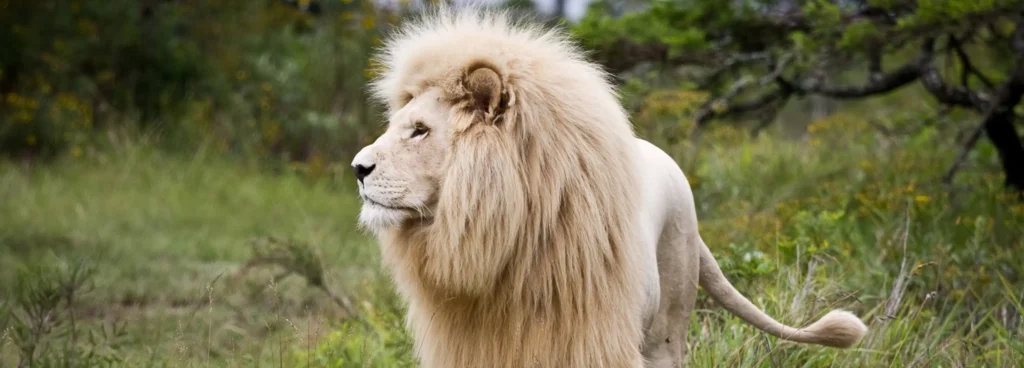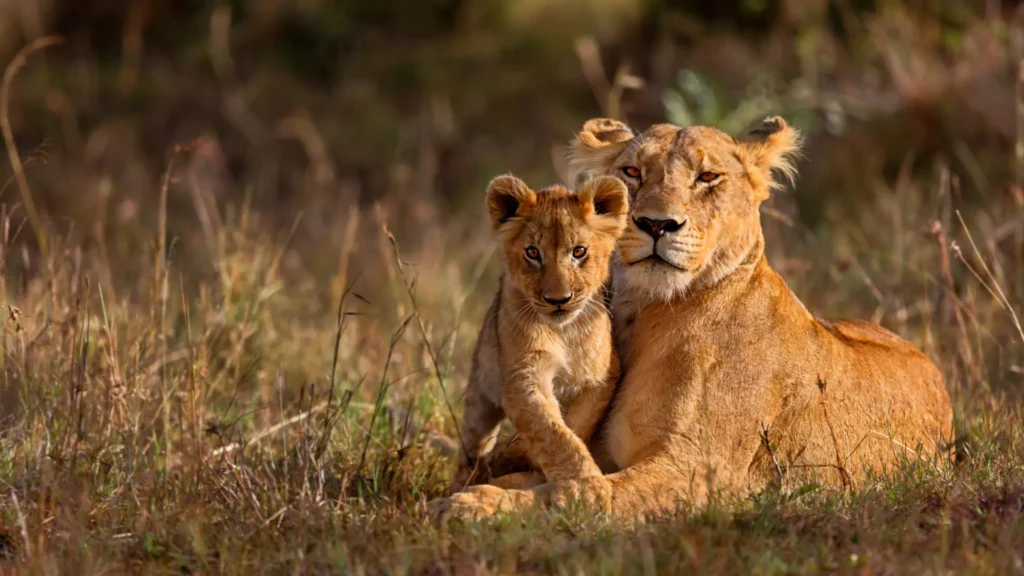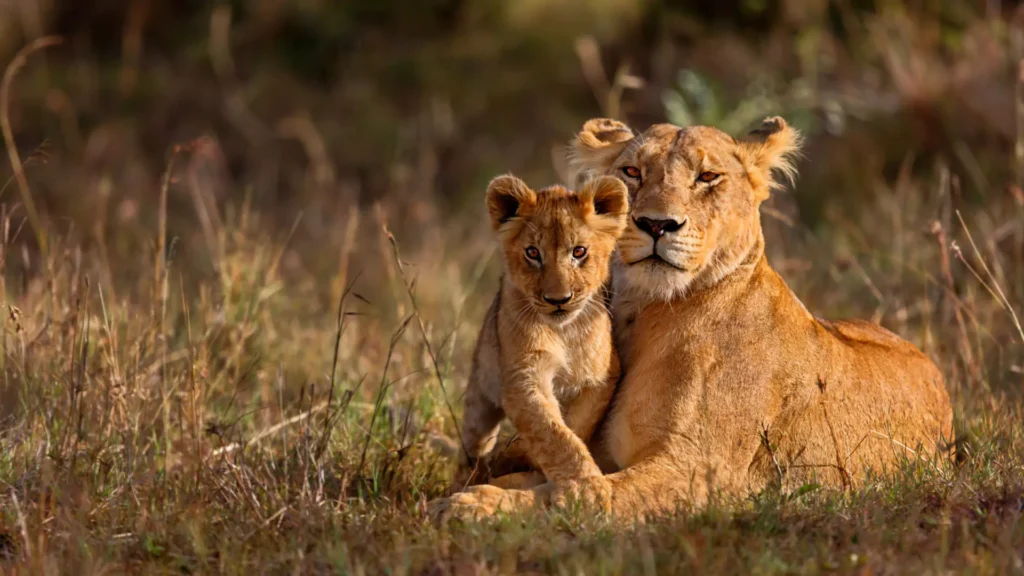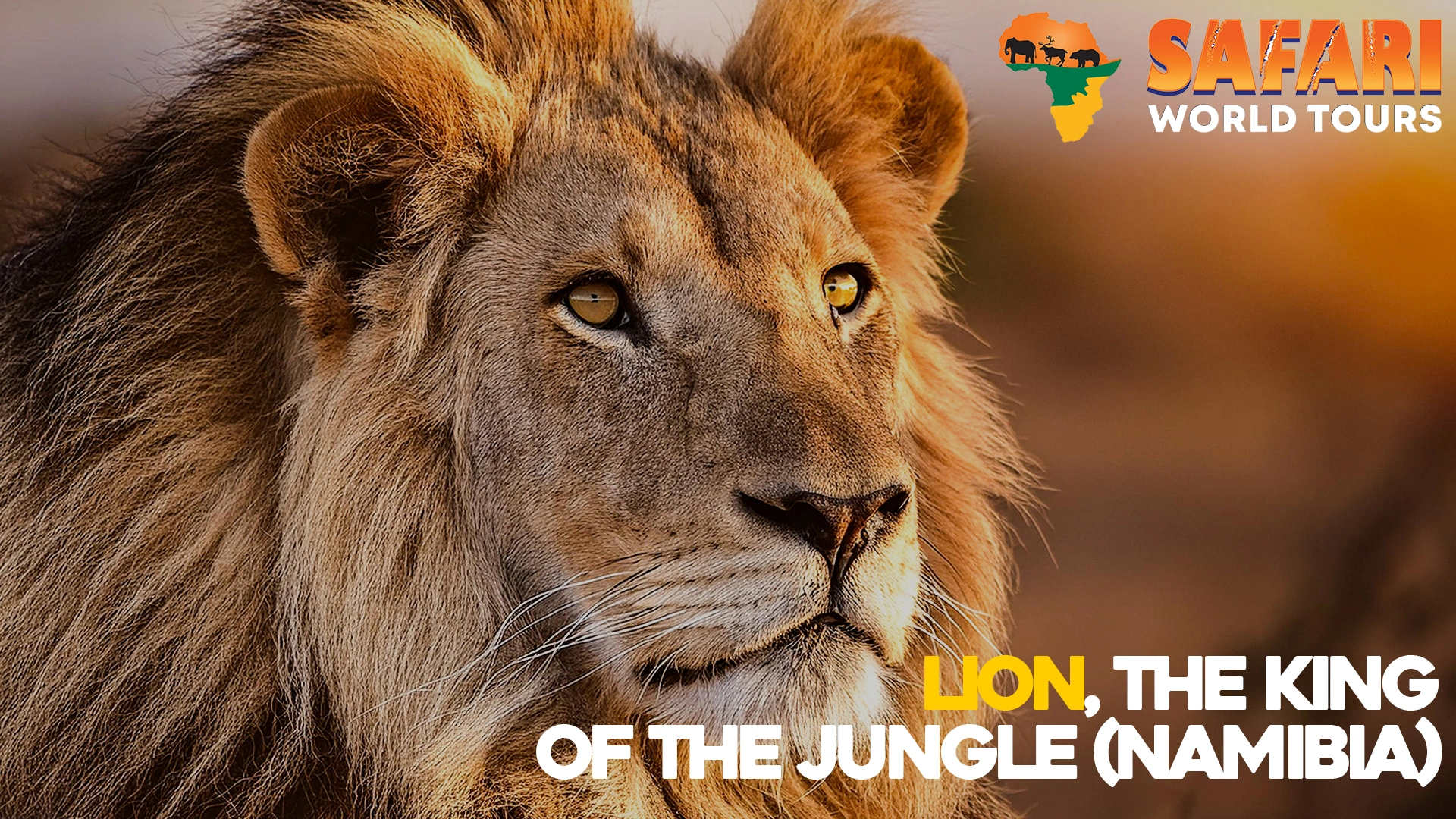Lions in Namibia Looking across the fascinating landscape of the Skeleton Coast of Namibia, you will notice the unusual desert lions, which are an attraction to tourists all over the world.
You have likely heard a lot about the King of the Jungle big cat, but you will be amazed at the sight of the great desert
It is the world’s most unusual lion, which is fully adapted to the desert. About 150 of these lions have been recorded in the arid areas of northwestern Namibia. The desert big cats were on the brink of extinction around the 1990s largely because of human activities, especially hunters and farmers’ Lions in Namibia.
The continued attacks on them and their livestock contributed largely to why the big cats were either shot or poisoned.
However, continued education of the rural communities has helped to facilitate effective wildlife management, thereby helping the population of desert big cats increase immensely.
Lions in Namibia The desert lion has been described as the largest carnivore in Namibia, with the adult male weighing about 160 – 240 kg while the adult female weighing about 100 – 170 kg.

Various pieces of research have been carried out to ascertain how these big cats survive in arid lands. Various tracking devices and techniques were employed to carry out the research, and the revelation was stunning Lions in Namibia.
The big cats were discovered to feed on marine life – a behavior that was found to occur repeatedly over nine more times.
Typically, it is unusual to find lions eating seals and some of these aquatic animals, but it is suggested that the adaptation to this diet is caused by the extreme conditions of the Namib Desert.
As rainfall decreased and water levels fell, the lion-faced difficulties feeding. Hence, they became adapted to targeting and hunting aquatic animals Lions in Namibia.
The Lions in Namibia have become desert-adapted developing skills in hunting a wider range of wetland birds such as the Cape fur seals, flamingos, and cormorant seabirds, which are also endemic to the Namibia desert.
Unlike other big cats, desert big cats do not live in any national park but live freely in arid dry lands. The Lions in Namibia live on the northern edges of the Namib Desert, an unfenced, open system that allows the lions to move freely.
The big cats move in various directions depending on the availability of prey. The locals commonly refer to the place as the “Place of no people.”
TAKE A VISIT TO THE JUNGLE
Do you know that there are no other big cats like these Lions in Namibia species and the main reason tourists come in their thousands? You will enjoy sighting the desert big cats on safari tours across the arid lands. Visitors also have the opportunity to fly into the area to have a great view of the picturesque landscape.
There are guided safaris that help visitors explore the beautiful landscape and sight these desert-adapted kings of the jungle and get knowledge of their survival despite the harsh climate.
It is a success story knowing that the King of the jungle of Namibia has returned to its own home and territory, developing adaptability that is unique to it alone.
IMPACT OF TROPHY ON NAMIBIA’S LION POPULATION

Trophy hunting is a controversial topic, and its impact on Namibia’s big cat population has been a subject of debate among conservationists, wildlife enthusiasts, and the government.
On the one hand, proponents argue that trophy hunting provides incentives for local communities to protect big cats and their habitat, generates revenue for conservation efforts, and helps regulate big cats populations Lions in Namibia.
On the other hand, critics claim that trophy hunting can lead to overhunting, declines in genetic diversity, and disruptions in social structures, ultimately harming the long-term viability of big cat populations.
Namibia has implemented a system of sustainable trophy hunting, which involves setting quotas for big cat hunting and requiring that a portion of the revenue from hunting permits be reinvested in local conservation efforts Lions in Namibia
Supporters of this system argue that it has helped stabilize Lions in Namibia populations in certain areas, such as conservancies where hunting revenue has been used to fund anti-poaching efforts and habitat restoration projects.

However, the impact of trophy hunting on Namibia’s big cat population is complex and context-dependent. Studies have shown that hunting can lead to changes in big cats’ behavior, such as an increase in nocturnal activity and shifts in prey preference, which can have gushing effects on the ecosystem.
Furthermore, the targeting of dominant males can lead to disruptions in social structures and increased infanticide, which can harm population growth and stability.
FAQs
Q: How many lions are there in Namibia?
A: According to the latest estimates, there are around 800 to 1,000 big cats in Namibia.
Q: Are lions endangered in Namibia?
A: While the big cat population in Namibia has declined in the past due to habitat loss and hunting, big cats are not currently considered endangered in the country. However, they are still threatened by factors such as human-big cat conflict, poaching, and trophy hunting.
Q: What is the role of lions in Namibia’s ecosystem?
A: big cats are apex predators and play an important role in regulating the balance of the ecosystem in Namibia. They help control the population of herbivores, which in turn affects vegetation and other wildlife.
Q: What is the biggest threat to big cats in Namibia?
A: Human-big cat conflict, which occurs when big cats prey on livestock or humans, is the biggest threat to big cats in Namibia. This often results in the retaliatory killing of big cats by farmers and other local communities.
Q: Are there any conservation efforts to protect lions in Namibia?
A: Yes, there are several conservation efforts in place to protect big cats in Namibia, including anti-poaching patrols, community-based conservation programs, and the implementation of sustainable trophy-hunting practices.
Q: Can you go on a big cats safari in Namibia?
A: Yes, there are several national parks and reserves in Namibia where you can go on a big cat safari, such as Etosha National Park, Bwabwata National Park, and the Waterberg Plateau Park.
Q: Do lions have any cultural significance in Namibia?
A: Yes, big cats have cultural significance in many Namibian communities. They are often esteemed as symbols of strength and bravery and feature prominently in traditional folklore and art.

